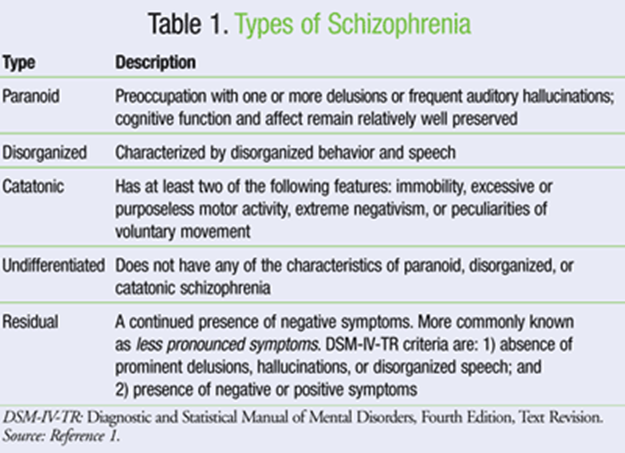A nurse is planning care for a client who has paranoid schizophrenia. Which of the following interventions should be included in the plan of care?
Use touch to calm the client during periods of anxiety
Check the clients mouth after the client takes medication
Rotate the staff assignments for this client
Assign an assistive personnel to feed the client at meat times
The Correct Answer is B
A. Use touch to calm the client during periods of anxiety:
Individuals with paranoid schizophrenia may have heightened sensitivity to touch, and it can potentially exacerbate their anxiety or paranoia. This intervention may not be appropriate as it could escalate the client's distress.
B. Check the client's mouth after the client takes medication:
This is the best choice. People with paranoid schizophrenia may be prone to hoarding or pocketing medications. Checking the client's mouth ensures that the medication has been swallowed, promoting medication adherence and preventing potential harm.
C. Rotate the staff assignments for this client:
Consistency in caregivers is generally preferred for clients with schizophrenia to build trust and a therapeutic relationship. Constantly changing staff assignments can lead to increased anxiety and mistrust.
D. Assign an assistive personnel to feed the client at meal times:
While assistance with feeding may be needed, assigning an assistive personnel without direct supervision for a client with paranoid schizophrenia may not be the best approach. It's important to ensure the client's safety and monitor their behavior during meals.

Nursing Test Bank
Naxlex Comprehensive Predictor Exams
Related Questions
Correct Answer is B
Explanation
Client diagnosed with hypomania who is speaking loudly on the unit: While hypomanic individuals may exhibit increased energy and talkativeness, the urgency is lower compared to a client expressing active suicidal ideations. This client does not pose an immediate threat to themselves or others.
B. Client diagnosed with mania who expressed active suicidal ideations: This is the correct answer. A client with active suicidal ideations is at an elevated risk and requires immediate attention. Suicidal thoughts in the context of mania can be impulsive, and prompt intervention is crucial to ensure the client's safety.
C. Client with a history of mania who is pacing in the hallway: Pacing may be a symptom of mania, but without additional information about the client's current state and any potential immediate risks, the client expressing active suicidal ideations takes precedence.
D. Client diagnosed with hypomania who is complaining of pain: Pain complaints, in the absence of other urgent factors, do not take precedence over active suicidal ideations. The risk of harm to oneself or others is a higher priority.
Correct Answer is ["B","C","D"]
Explanation
A. Challenge the patient at all times and remain in control of the situation:
Explanation: While maintaining a therapeutic boundary and structure is essential, challenging the patient at all times may lead to resistance or defensiveness. Collaborative and supportive approaches are often more effective than confrontational ones.
B. Provide clear and straightforward communication:
Explanation: Individuals with personality disorders may struggle with interpersonal relationships and communication. Clear and straightforward communication helps to minimize misunderstandings and establish a therapeutic environment.
C. Hold persons accountable for their actions:
Explanation: Accountability promotes responsibility and encourages individuals with personality disorders to take ownership of their behaviors. Setting clear expectations and consequences can be beneficial in fostering a sense of responsibility.
D. Remain consistent:
Explanation: Consistency in approach, rules, and expectations is crucial when working with individuals with personality disorders. It helps establish a stable and predictable environment, promoting a sense of security for the individual.
E. Avoid being too nice or friendly:
Explanation: Avoiding being too nice or friendly doesn't mean being unkind or dismissive. A balanced and professional approach, combining empathy with clear boundaries, is more beneficial. Being overly nice or friendly may blur professional boundaries and hinder therapeutic progress.
Whether you are a student looking to ace your exams or a practicing nurse seeking to enhance your expertise , our nursing education contents will empower you with the confidence and competence to make a difference in the lives of patients and become a respected leader in the healthcare field.
Visit Naxlex, invest in your future and unlock endless possibilities with our unparalleled nursing education contents today
Report Wrong Answer on the Current Question
Do you disagree with the answer? If yes, what is your expected answer? Explain.
Kindly be descriptive with the issue you are facing.
